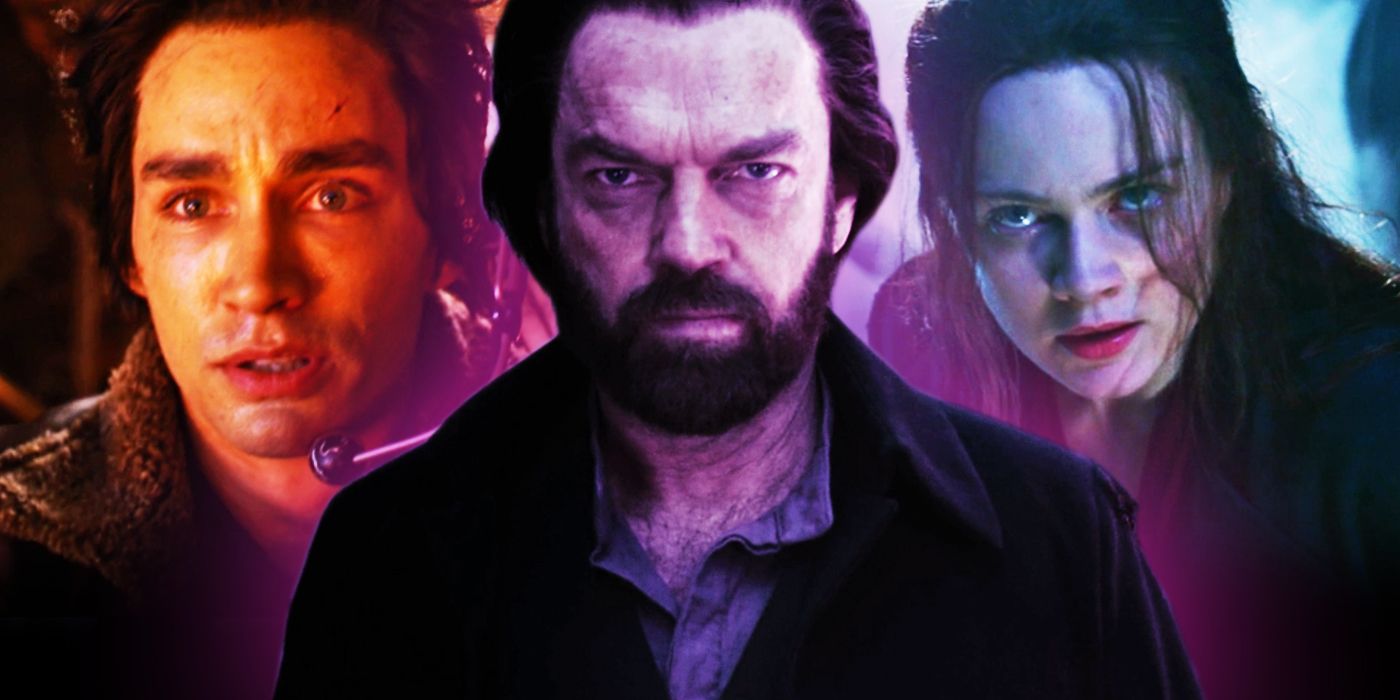
WARNING: Spoilers for Mortal Engines ahead.
Mortal Engines' ending doesn't just see the end of London's attempt to destroy the Anti-Tractionists, it sets up a future sequel (and more). Set in a post-apocalyptic future where giant moving cities traverse a desolate Europe left dry by long-lost technological weapons, Mortal Engines is based on Phillip Reeve's book of the same name, which spawned three sequel novels and a prequel series.
The main story of the film concerns Tom Natsworthy (Robert Sheehan), a Historian on London whose life is thrown in repeated danger when he crosses paths with Hester Shaw (Hera Hilmar), a nomad disfigured as a child by London's Head Historian Thaddius Valentine (Hugo Weaving) and raised by powerful Resurrected Man Shrike (Stephen Lang). Hester meets Tom during a failed assassination attempt on Valentine, and together the pair run against the clock and Shrike to find a way to stop him London from enacting its awful plan: to use old tech called MEDUSA to destroy the Shield Wall protecting a stationary society to the East and feast on the new resources.
Related: Screen Rant's Mortal Engines Review
The finale of Mortal Engines is a mad-dash mix of Mad Max: Fury Road and Star Wars as the heroic duo - along with noted Anti-Tractionist Anna Fang (Jihae) - rush to stop Valentine in time. Against all the purple-hued whizz-bang, though, Mortal Engines is also bringing its bigger ideas to a conclusion and setting up where the series could be going.
- This Page: The Hester Valentine Twist & Mortal Engines' Ending
- Page 2: Mortal Engines' Book Changes & Sequel Setup
Mortal Engines' Hester Valentine Twist Explained
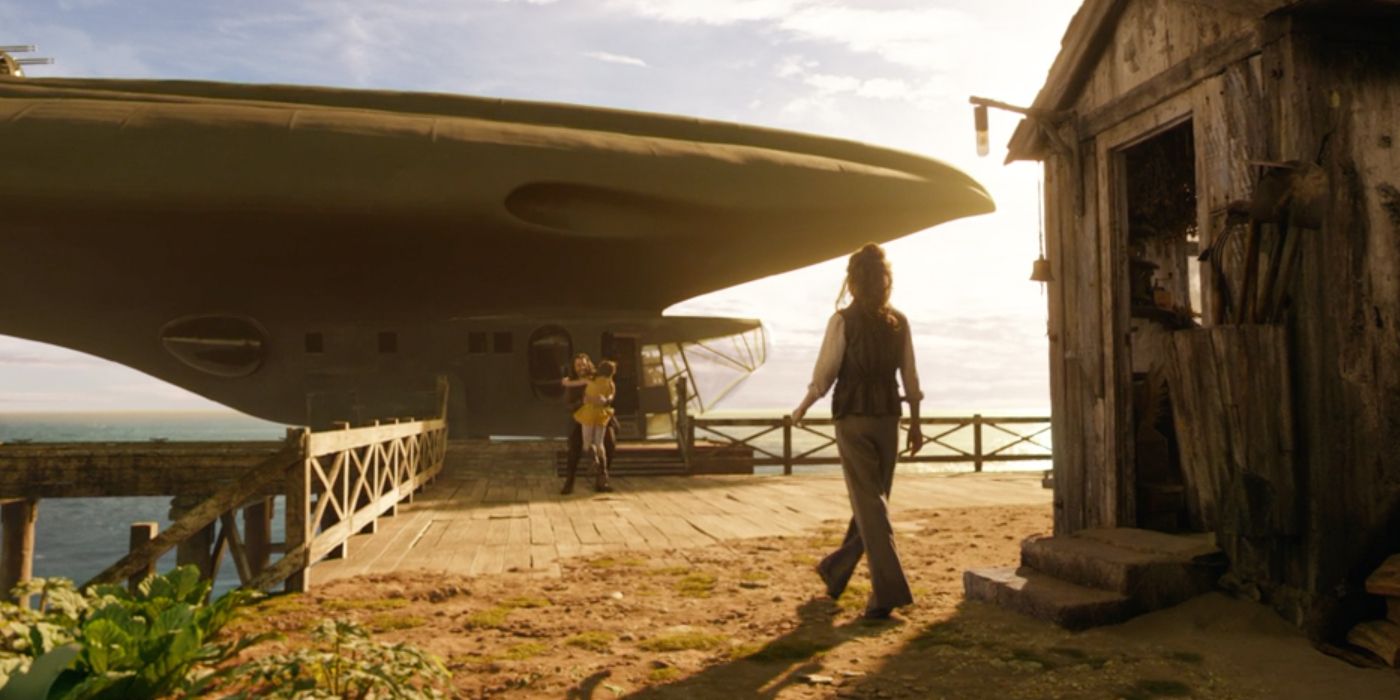
The big twist at the end of Mortal Engines is that Hester Shaw is actually Thaddeus Valentine's daughter. Although this arrives incredibly suddenly (and the father is killed moments later), the groundwork for it is laid throughout the story.
Hester's mother, Pandora Shaw, was a historian in Out-Country who worked with Valentine, looking specifically into MEDUSA tech. In this time, the couple wound up in a relationship and Hester was conceived. However, Valentine deserted his potential family upon gaining status in London and fathering Katherine, subsequently using his discoveries to further the city's dark goals. When Pandora found the computer brain for MEDUSA, Valentine killed her (and, in the books, her husband), scarring Hester in the process. This story is told somewhat in reverse by the film to hide the twist, while in the books Pandora married David Shaw, who was assumed to be Hester's father until the reveal.
Valentine's death at the end of Mortal Engines would seem to nullify any long-term impact of the Hester Valentine twist, but it can actually be read as rounding off her story arc. From the beginning, Hester has been striving to find her life's purpose and with that a proper sense of identity, something lost the day her mother died (symbolized by the scar which causes her to hide her face). Her attempts at this, however, are self-destructive; Shrike offers an emotionless out as a Resurrected Human, then the mission to avenge her mother by killing Valentine only brings her back to the start with the paternal reveal. It's only through her relationship with Tom that Hester's freedom is finally achieved.
What Happens In Mortal Engines Ending (& What It Really Means)

At the end of Mortal Engines, Anna Fang is killed in battle with Valentine, London is destroyed by Tom using Fang's ship the Jenny Haniver to attack its engine core, and Hester takes on Valentine atop another airship. Tom saves Hester and sends Valentine's craft towards the ground, where it's crushed by London's treads just before it stops. The Shield Wall is safe, the other key Anti-Tractionists survived (as did Katherine Valentine and Bevis Pod on London), and Tom and Hester fly off into the sky where they finally admit their love for each other.
While much of Mortal Engines' ending is framed from the point-of-view of its characters and thus feels rather intimate, this is actually a rather seismic event in the mythology. London was one of the biggest moving cities in the world, a force that instilled fear in all who caught glimpse of it on the horizon; this threat was doubled when dwindling resources caused it to make the bold and desperate move into Europe and towards the Shield Wall. Its destruction is a major win for the Anti-Tractionists, and the start of a bigger conflict.
That resolution also rounds off a lot of the key themes running through the story. A major point is climate change and how our current approach is simply riding us towards destruction. This is called out explicitly by Tom's discussion of how our present world fell, and forms the backdrop to London's plight; the final battle, of trying to survive where so many others have fell before, is an exercise in futility. More than just promoting an environmental message, though, Mortal Engines turns the lens to the actions of the those in charge, criticizing a lack of action of the London mayor and the self-serving, short-sighted view of Valentine. There are pretty clear parallels to both President Trump's view on climate change, as well as the UK's current predicament with Brexit (although considering the book was first published in 2001 and the movie filmed in 2017, any commentary should be taken as more generalized).
A lot of this is lost - along with the deeper aspects of character conflict, such as Shrike's debate over change for survival - due to Mortal Engines' disjointed story and flitting focus, but this is at the very least what Christian Rivers' film is going for.
Page 2 of 2: Mortal Engines' Book Changes & Sequel Setup
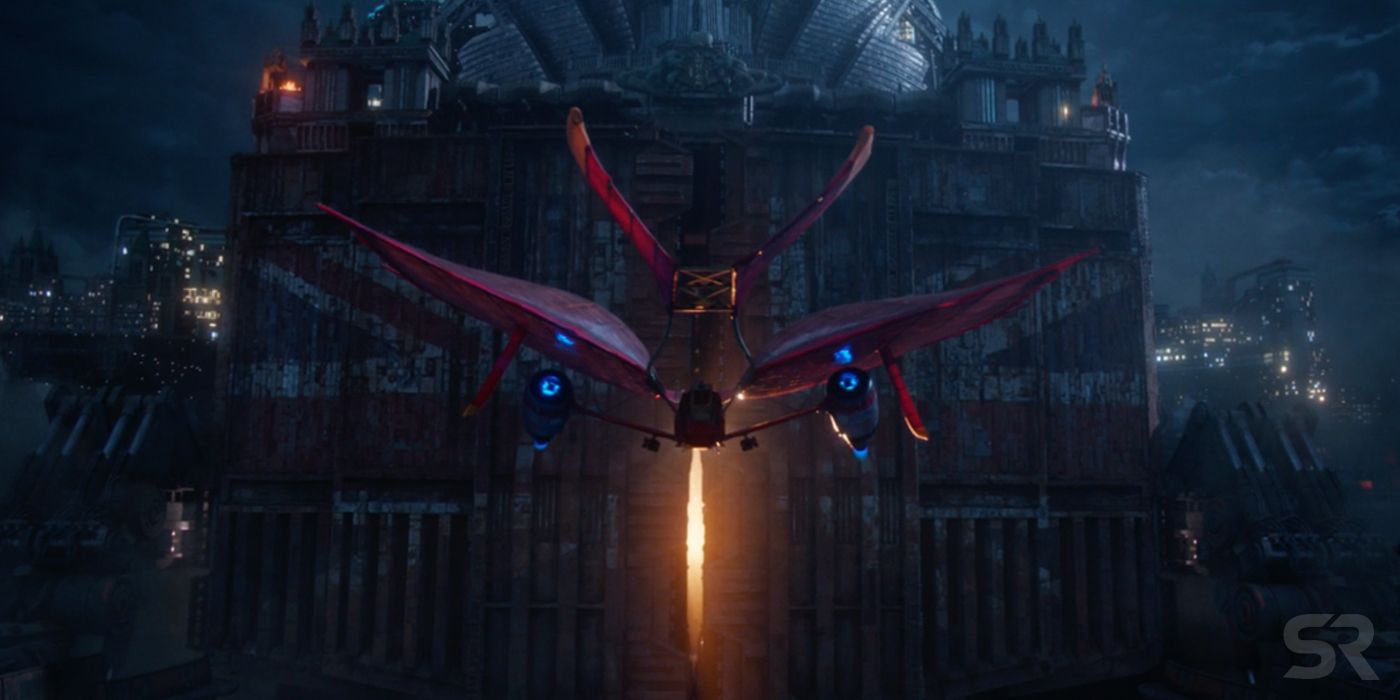
How Mortal Engines' Ending Differs From The Book
Mortal Engines may do a stand-up job of translating the unique world of Phillip Reeve's imagination to the big screen, creating a unique old-tech future that never feels steampunk, but there's also a lot of differences from the source story. By far the most noticeable is Hester's scar, which as described is a horrible disfigurement that pains Tom to even look at, yet here is a much more fetching flesh wound. Although while that means the heroine has a somewhat different arc - there's less repulsion to her character throughout - it's at the ending where alterations become most pronounced.
Many of them center on Valentine. In the Mortal Engines film, he's the primary villain, a promotion from the book where he's primarily working for Mayor Magnus Crome and is a considerably more conflicted figure. To whit, in Reeve's version he gets a moment of proper clarity when he accidentally stabs and kills his daughter, Katherine, who sacrifices herself to protect Hester; following which, he dies as London explodes. In the film, London merely stops - it isn't destroyed entirely - and Katherine lives. Additionally, the reveal that Hester is Thaddeus' daughter plays out differently, with the movie evoking The Empire Strikes Back whereas the book has it discovered from Katherine's perspective.
There's also a shift to give Tom more autonomy in the finale, a necessary move for a three-act movie. An air attack on London is added to the Mortal Engines film, with Natsworthy piloting the Jenny Haniver and destroying London himself, rather than it being caused by overload of MEDUSA.
There are many other changes to Mortal Engines - the end of Shrike's arc is more definitive in the film - but it's these points that could have the biggest long-term impact in a Mortal Engines sequel.
Read More: 7 Biggest Changes Mortal Engines Makes To The Book
Mortal Engines' Sequel Books
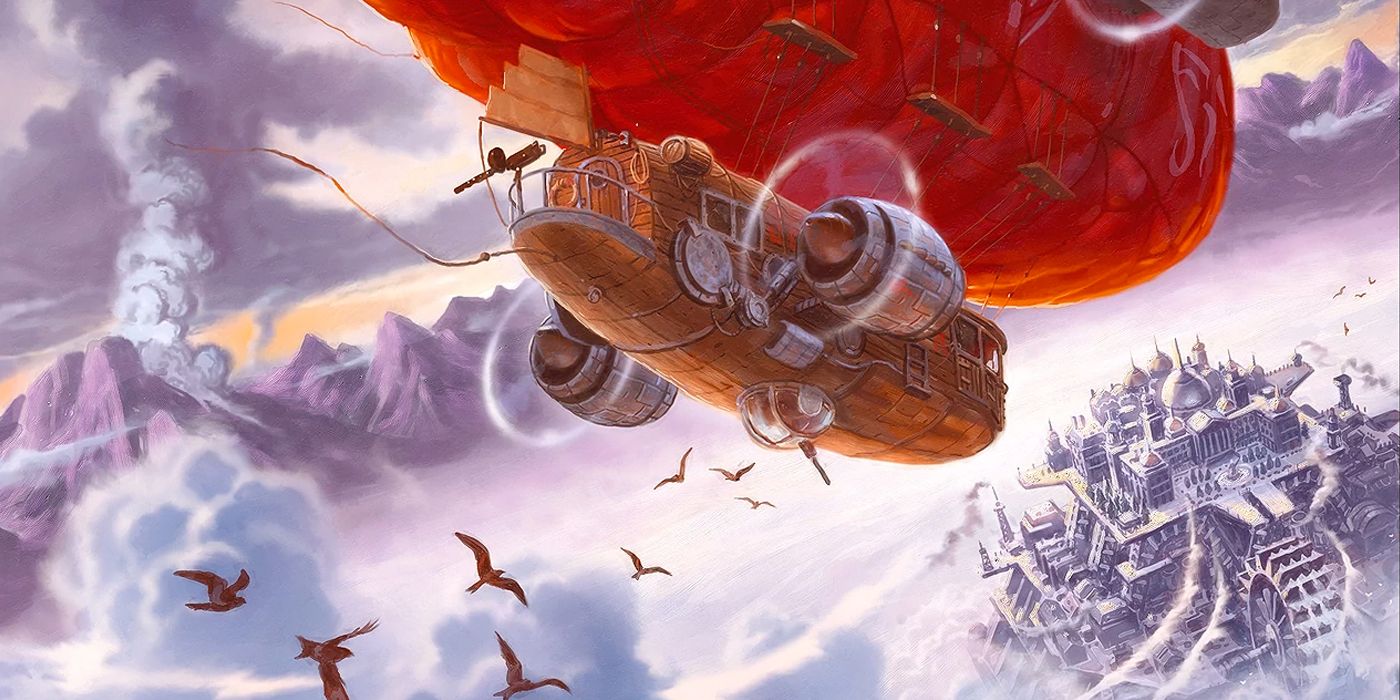
Predator's Gold, the sequel to Mortal Engines, was published in 2003. It continued to follow Tom and Hester on a totally fresh adventure that took them to different areas of the post-apocalyptic world - the freezing Ice Wastes of the north, then eventually to America, a land long believed uninhabitably irradiated - and interacting with (mostly) new characters. The plot is driven a city chase between the giant Arkangel and Anchorage, with several betrayals along the way, Anna Fang transformed into an even more violent anti-traction Resurrected Man, and a very light love triangle for Tom and Hester. A Mortal Engines 2 would undoubtedly follow this story.
The Mortal Engines Quartet goes much further than that, however. Subsequent books Infernal Devices and A Darkling Plain took the story sixteen years into the future, introducing Wren Natsworthy (Tom and Hester's daughter) and dealing with the final days of traction cities, involving ODIN (an orbital version of Medusa) and anti-gravity tech. It's a grand tale, one that goes much further than the young adult origins of Mortal Engines (the end of Tom and Hester's story is beautifully poignant), with a future epilogue holding a mirror to the reader.
How Mortal Engines Movie Sets Up Predator's Gold
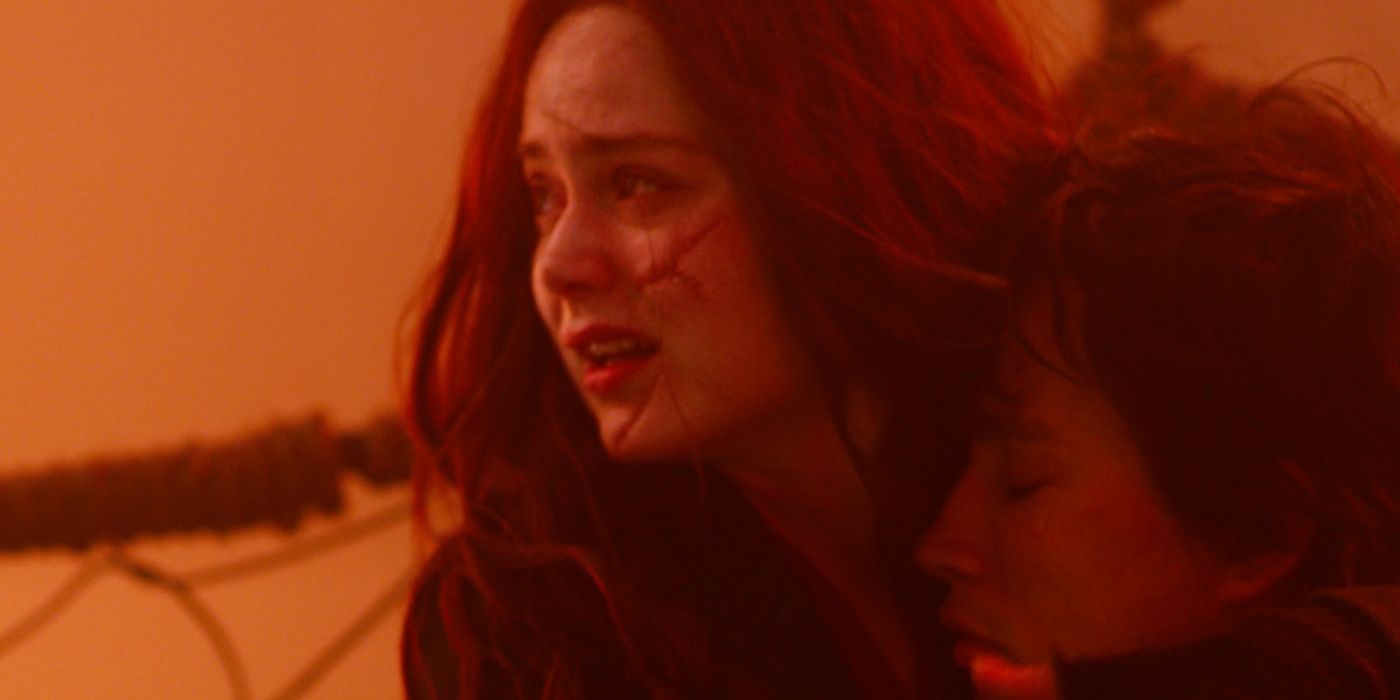
With Predator's Gold being a totally new adventure, there's little Mortal Engines can do to set up a sequel. The movie has Tom and Hester fly away together a couple, Anna Fang is dead but her body's resting place not show, and... that's about it. However, the changes made to the first book could have some interesting ramifications. With Hester knowing of her parentage from the start, her arc would likely be different. More importantly, Katherine doesn't die, which would open up the possibility for more adventures featuring her, possibly in the city of Batmunkh Gompa and the land behind the Shield Wall.
On the set of Mortal Engines, Peter Jackson told us that there hadn't been much serious thought on how the sequels would work, with all efforts on the first movie. That said, he did admit that he was more a fan of the later three books than Mortal Engines itself, so Predator's Gold is surely something he'd like to see done. For sure, Mortal Engines certainly has the skeleton of a sprawling, The Lord of the Rings-style film franchise; along with the main quartet, there's prequel trilogy Fever Crumb that tells the origins of traction cities (essentially the series' Hobbit).
Of course, whether any of that happens at this point is unclear. The box office predictions for the film aren't strong (and its received mostly brutal reviews), with stiff competition from Spider-Man: Into the Spider-Verse, Aquaman, Bumblebee and Mary Poppins Returns providing an uphill battle. But if Mortal Engines can carve out a niche, then it's possible we'll see more of the story. There's certainly more to be told.
Next: Does Mortal Engines Have An After-Credits Scene?
from ScreenRant - Feed https://ift.tt/2rDhF50


0 Comments